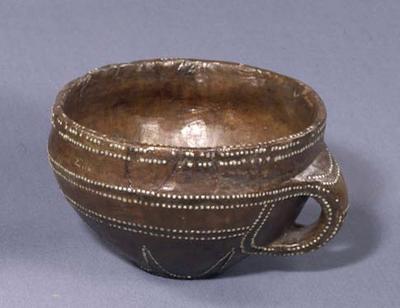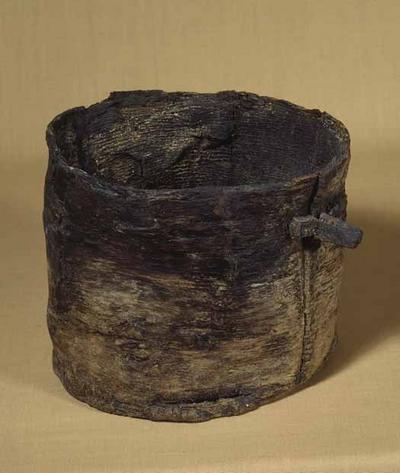Foreign drinking bowls
Ten bronze bowls and a bronze ankle ring were deposited as offerings in Simons Mose around 1200 BC. The bowls were made in central Europe, but inspired by Greek vessels. The ankle ring was made in the Mecklenburg area, south of the Baltic. The finds show that in the early Bronze Age there were contacts across the Baltic Sea to northern Germany. There connection could be made with a network of contacts, reaching into southeast and central Europe. From here there were further connections to the eastern Mediterranean.
Drinking vessels like those from Simons Mose were much sought after in the Bronze Age. This was due to the fact that drinking rituals played an important role in the religious cult of the period.

Local drinking bowls


In the Egtved Girl’s coffin a bark bucket containing an alcoholic drink sweetened by honey was found. Read more about the Egtved Girl's beer.
